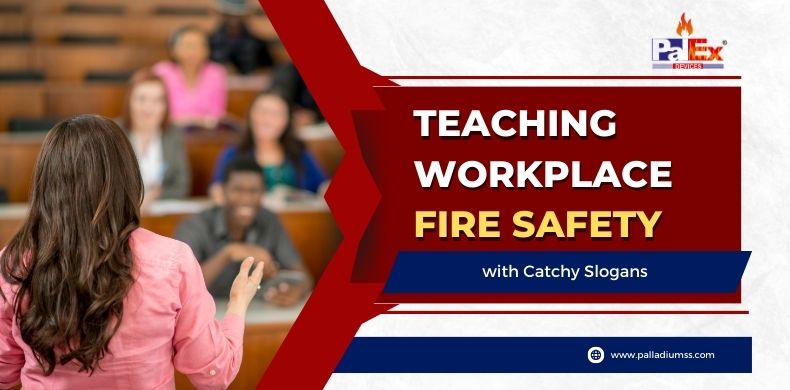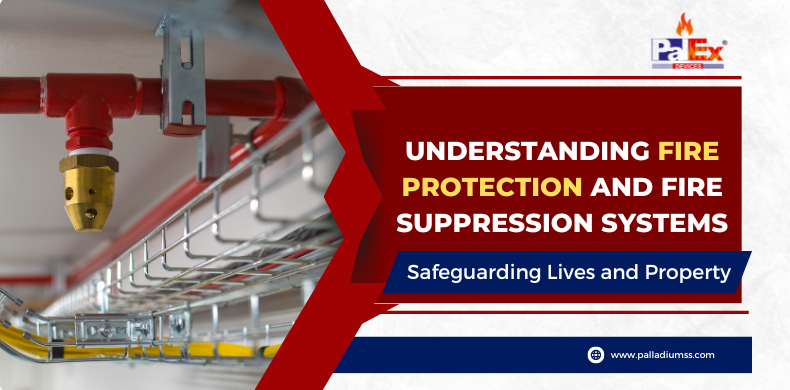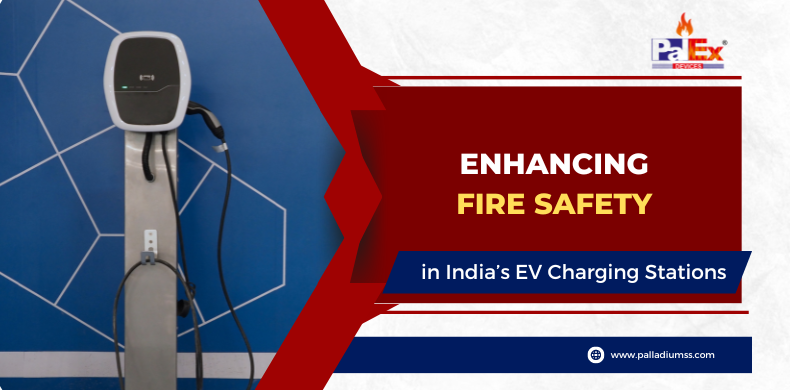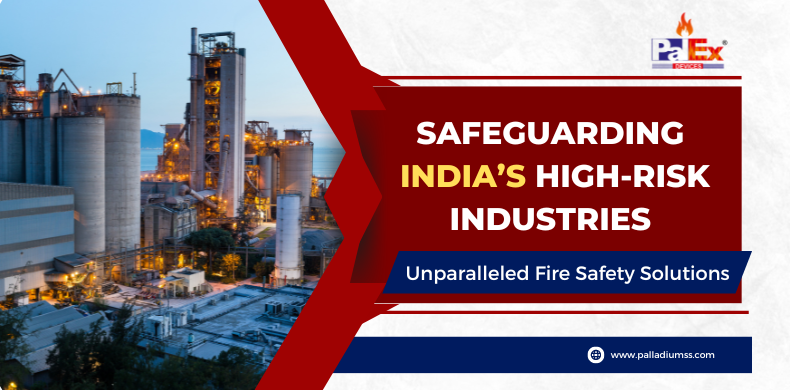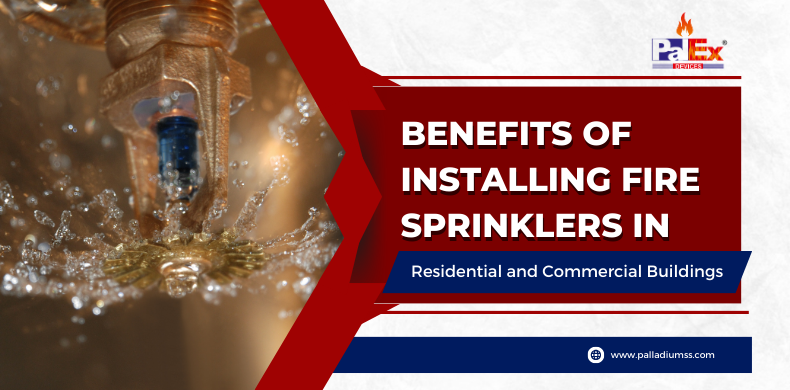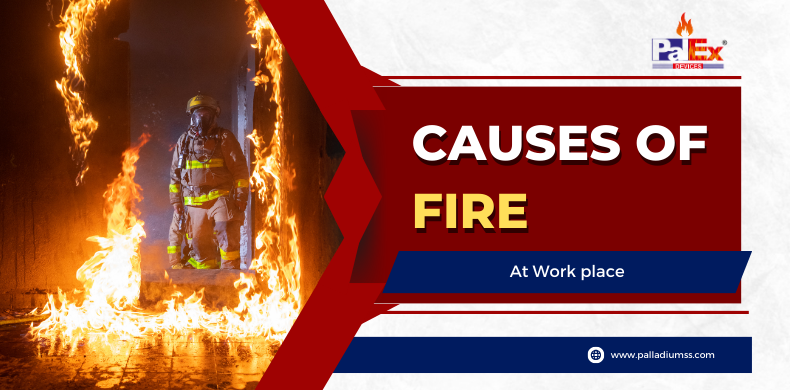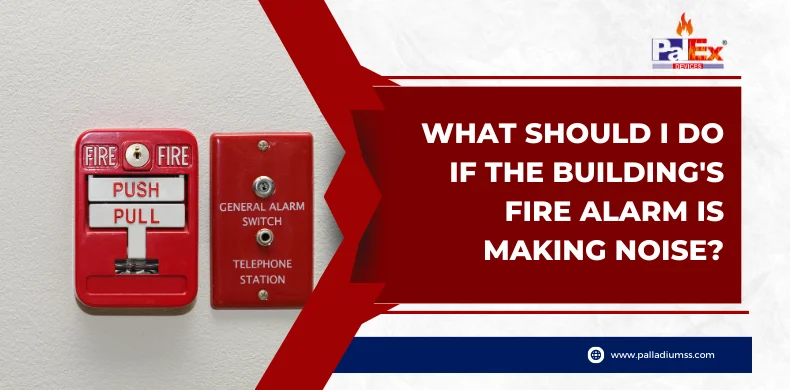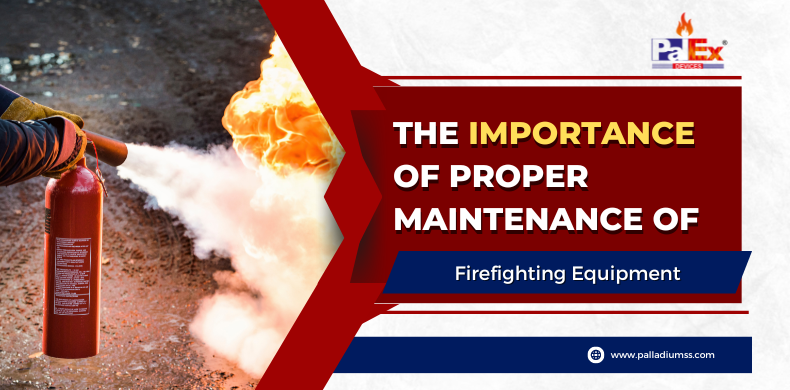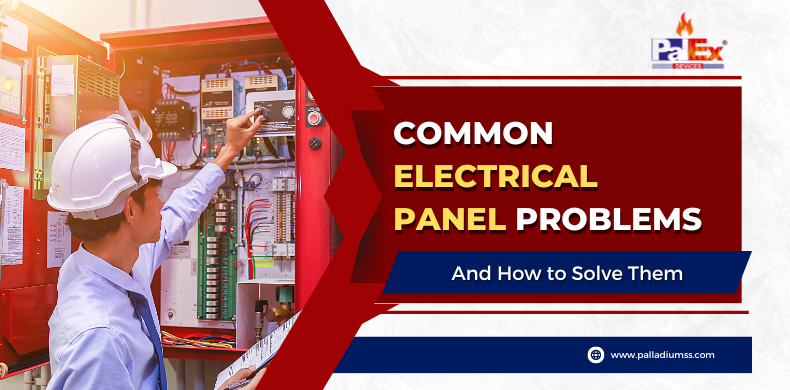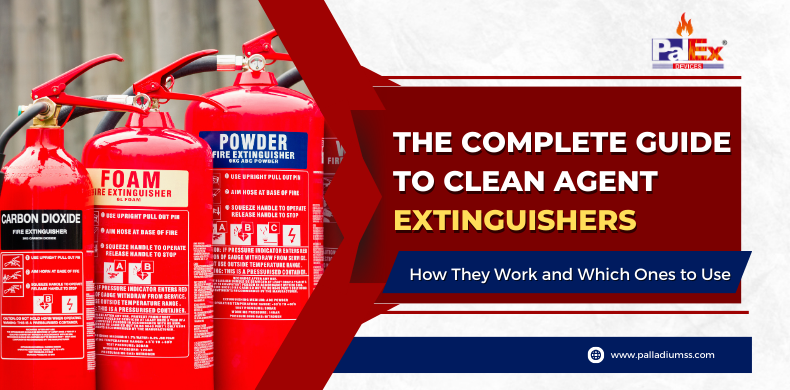Implementing proper fire protection measures like alarms, sprinklers, and Fire extinguishers serves as the first line of defense against disaster. However, even the best equipment proves ineffective if staff lack awareness and training in emergency protocols. That’s why backing safety infrastructure with recurring educational programs that drill in essential lessons proves critical.
What better way to spark interest while conveying crucially important concepts than with memorable slogans and custom branded poster campaigns? Let’s explore impactful fire safety messages to inspire better prevention around the workplace.
Define the Core Problem – Carelessness Causes Calamity!
Wildfires often ignite without human influence, but statistics confirm most commercial blazes result from careless behaviors. Conveying the sheer scale of the problem grabs attention. Try posting eye-opening slogans like:
- Over 17,500 Business Fires Occur Yearly in Our State Alone – Don’t Be a Statistic!
- Careless Actions Spark Over 200,000 Avoidable Fires Each Year – Protect Our Livelihood!
- Universal slogans also apply:
- Carelessness Causes Calamity!
- A Moment of Recklessness Can Spark Endless Tragedy
- Don’t Let a Thoughtless Blunder Destroy Livelihoods
The most impactful messages highlight the direct threat while reminding us that diligence protects our shared interests.
Emphasize Everyone’s Responsibility to Respond
When fire strikes without warning, every second matters in successfully evacuating people from harm’s way. Empowering slogans can help spread this reality while encouraging people to take ownership, for example:
- Seconds Save Lives – Know Your Closest Exit!
- Hesitation During an Emergency Puts Everyone at Risk
- Sound the Alarm to Get Out Alive
- Fire Safety is a Team Effort – Prepare Together!
Pair slogans with mapping all available egress points from work areas. Empower individuals to instantly act without waiting for guidance once alarms activate.
Stress Staying Vigilant to Prevent Ignition Hazards
Fires often erupt from the most surprising sources. Workplace-tailored slogans help sharpen vigilance of risks, for example:
- Take Note: Heat Sources Spark Disaster!
- See a Danger? Speak Up Before It’s Too Late!
- Stay Alert – Spot Hazards Before They Catch Fire!
Managers can compile branch-specific checklists of machinery, appliances, chemicals etc. likely to trigger fires if misused or left unattended. This helps workers recognize threats unique to their environment.
Inspire Proactive Hazard Reporting
Creating a company culture where employees comfortably flag hazards before catastrophe strikes remains crucial. Slogans help remove stigma from reporting and encourage speaking up, such as:
- Better Safe Than Sorry – If You See Something, Say Something
- Report All Hazards – Every Voice Counts!
- Spot a Risk? Don’t Keep Quiet! Safety First
- Speak Up Today – Prevent Tragedy Tomorrow!
The most effective messaging applauds staff who voice concerns rather than criticize.
Use Humor When Appropriate
While drills and educational messaging must remain serious, sprinkling in some lighthearted humor occasionally helps concepts stick. Just stay tactful and ensure humor doesn’t downplay hazards, for example:
- Don’t Let Good Times Go Up in Smoke! Party Safely
- A Simple Spark Can Really Heat Things Up…Be Fire Smart!
- What’s Red, Orange and Yellow? A Business Going Down in Flames!
Entertaining analogies incorporated tastefully remind audiences to keep sight of what’s at stake without being overly somber.
Brand All Assets to Maximise Exposure
Repeating brief slogans on signage, decals, brochures, websites etc. drills critical advice into the subconscious. Strategically branding stairwells, exit routes, extinguishers, alarm pull stations and any areas relevant to emergency planning ensures guidance unavoidably catches eyes.
Install custom mats emblazoned with messages like “Caution! Beware Fire Hazards” at entranceways to facilities for all to see. Apply slogans and reporting info prominently onto company fleet vehicles circulating throughout communities. Custom mobile device lock screen images further boost impressions.
Make Participation a Positive Experience
Capitalize on slogans to promote fire drills and prevention seminars. Incentivize attendance with prize giveaways rather than mandating participation. Make lighthearted banner advertisements, for example:
- Three Free Vacation Days Await Fire Safety First Responders!
- Score Big at Our Safety Training Bonanza!
- Fire Warden Volunteers Get First Dibs on Door Prizes!
The prospect of tangibly benefitting turns drudgery into sought-after experiences where crucial advice sinks in.
Stay Consistent Over the Long Term
Refreshing slogans, posters and general messaging every few months ensures they remain visible. Tying new themes with seasons or holidays helps campaigns stay relevant all year round. This trains staffers to inherently recognize risks and make prevention an everyday priority rather than simply checking boxes off once a year.
With regular educational boosting, even dense fire safety concepts become universally understood. The peace of mind and added preparedness pays dividends across entire organizations.
Wrapping up
Riveting slogans, campaigns and branded assets trains staff to spot hazards before disaster strikes. Impactful messaging inspires self-correction of dangerous behaviors. When everyone shares accountability in prevention, workplaces become inherently safer despite inevitable human errors. Slogans spark continual improvement while bringing teams together behind shared safety goals. Slogans enable leadership to cost-effectively refocus priorities anytime complacency sets in – ultimately saving companies from utterly preventable tragedy.

